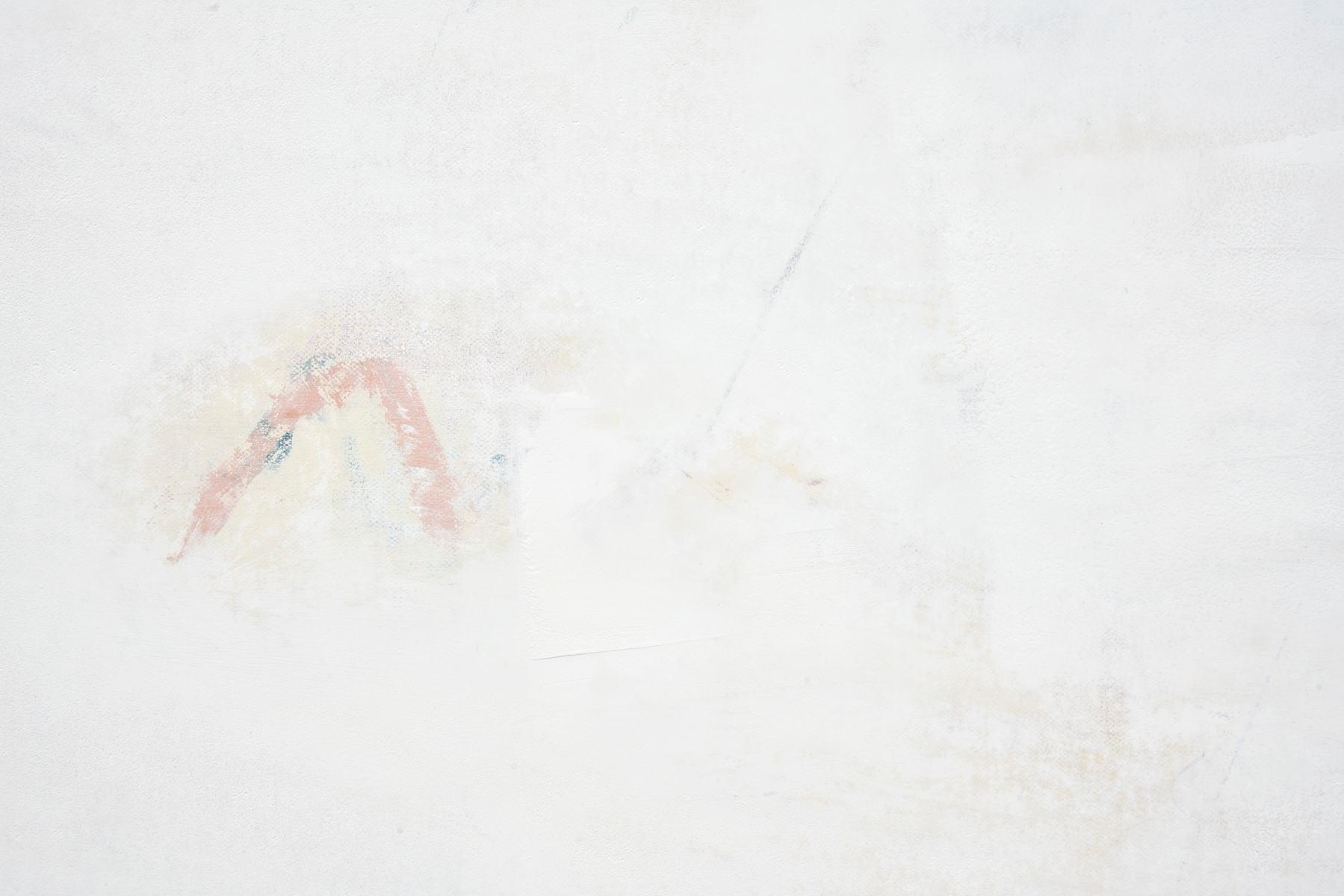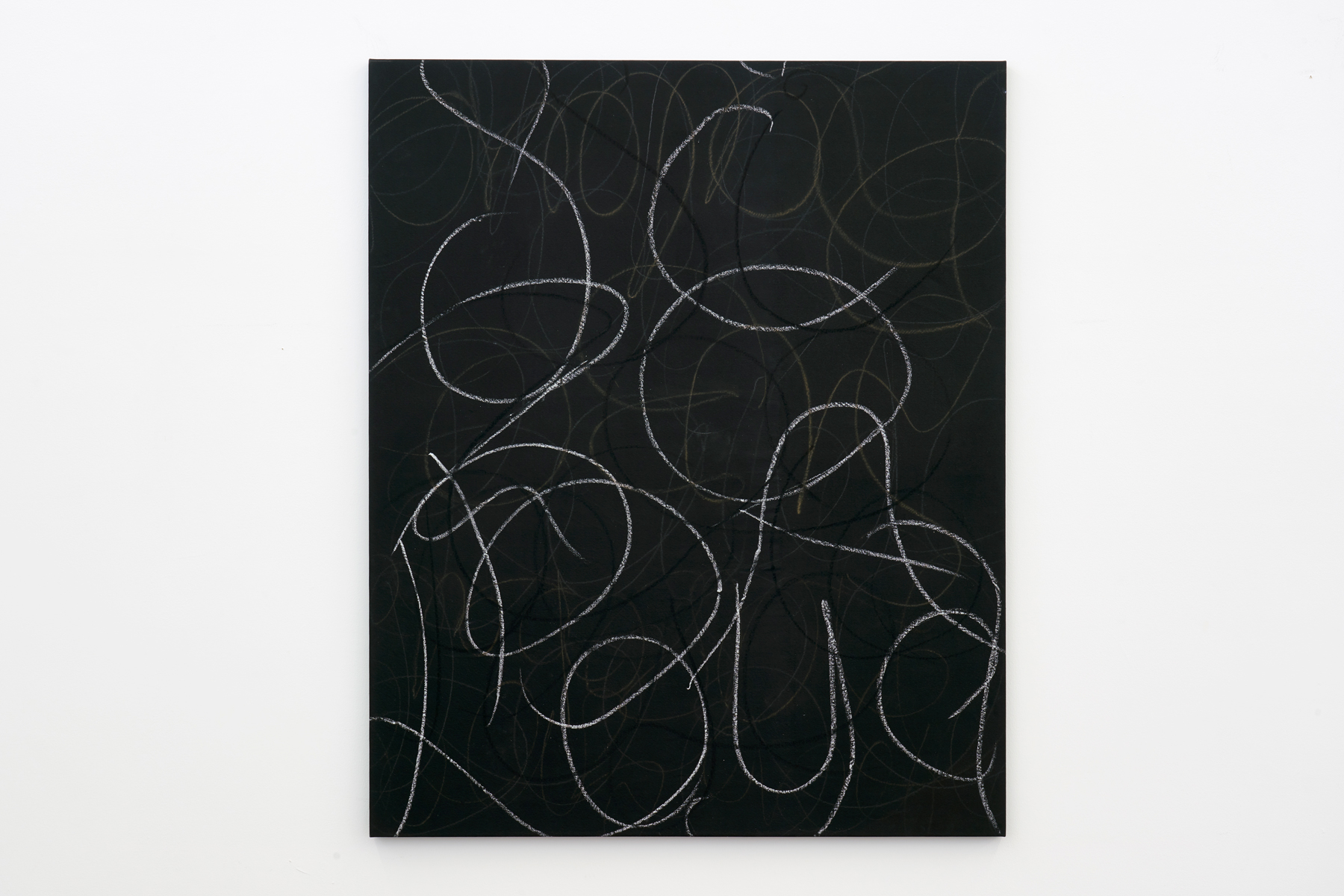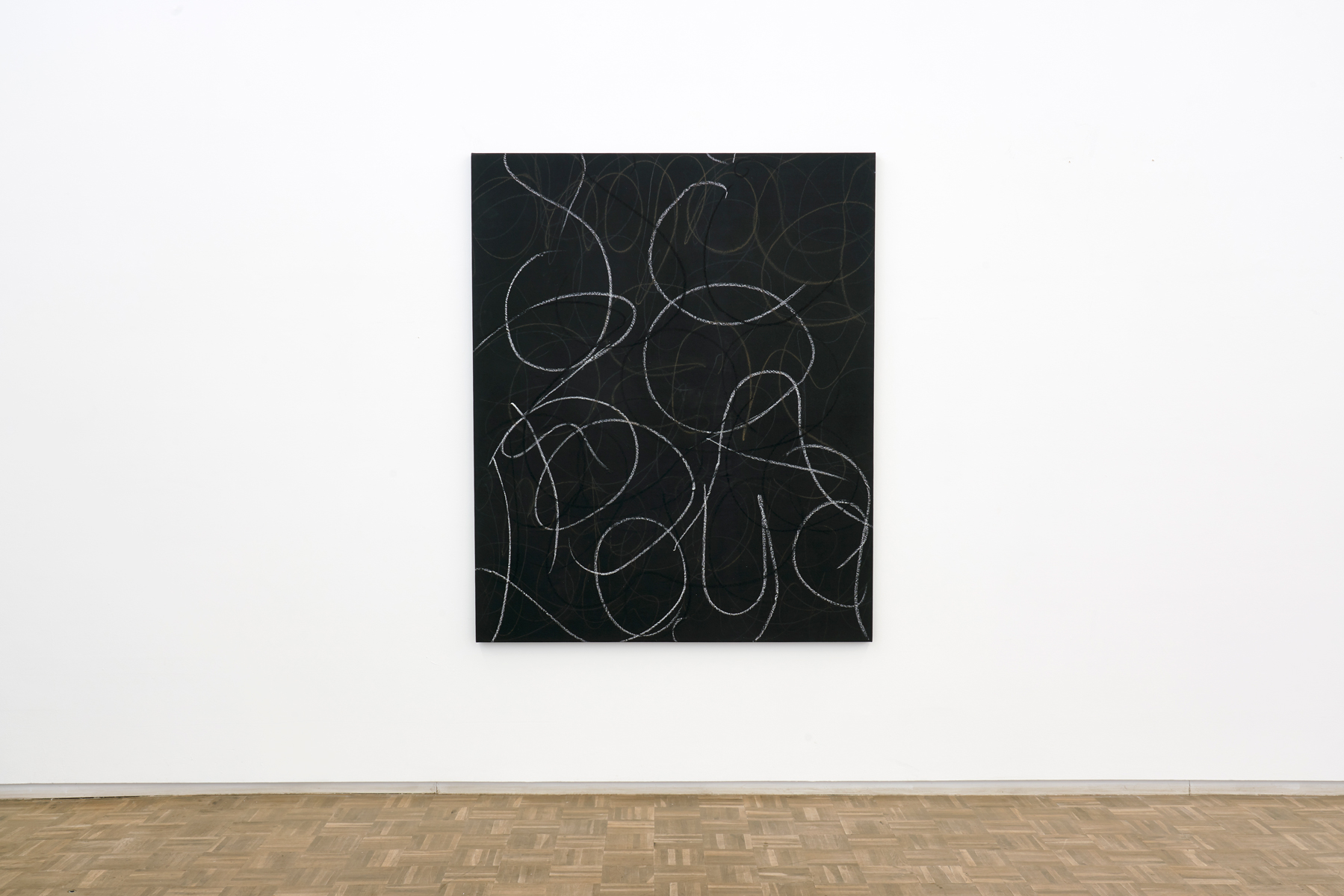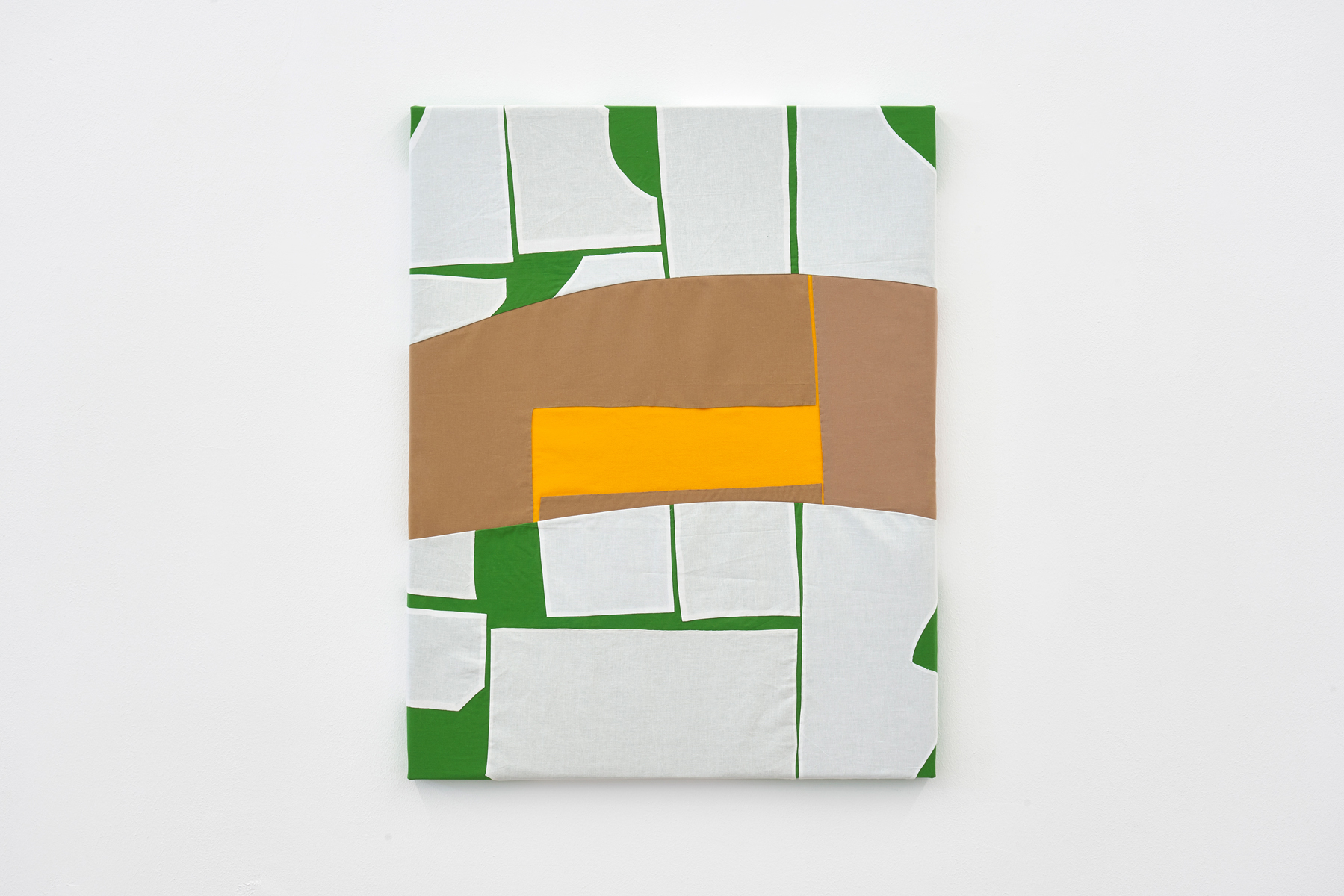
































Lerato Shadi, RE MAOTWANA GONYELA (2016 - 2018) | Single channel video, 11m 15s | Edition of 5 + 1AP
The thing itself exists everywhere
Third Space is ambivalence
Third Space disobeys limits
Third Space is vanishing boundaries
It is a place of expansion, possibility and fluidity
A place where new insights emerge
A place that is both here and there
Because the thing itself exists everywhere.
Third Space disobeys limits
Third Space is vanishing boundaries
It is a place of expansion, possibility and fluidity
A place where new insights emerge
A place that is both here and there
Because the thing itself exists everywhere.
blank is pleased to present The thing itself exists everywhere. The exhibition brings together works by Igshaan Adams, Jared Ginsburg, Donna Kukama, Sabelo Mlangeni, Kyle Morland, Cinga Samson, Lerato Shadi, Gerda Scheepers, James Webb and Pedro Wirz.
The thing itself exists everywhere takes place as part of the collaborative project SOUTH SOUTH, an online platform coalescing over 50 galleries from across five continents through a global network of connected discourse.
The exhibition is premised on the post-colonial theorist Homi K. Bhabha’s theory of the Third Space. The Third Space is a place of hybridity that displaces the histories that constitute it. Its intervention makes the structure of meaning and references an ambivalent process.
Drawing from this theory as a focus of study, the exhibition seeks to challenge systems of categorizations that place things into ‘groups’ —whether it is geographically (Global North vs Global South), methods and mediums (painting vs photography), processes (abstraction vs figuration) or politically (Left vs Right). The thing itself exists everywhere points to the ways in which various artistic practices ‘push-to-and-pull-from’ each other, towards greater difference and greater similarity. What might at first seem like an attempt to flatten difference is, in fact, an endeavour to harvest difference —encounters of difference are seen as intersections and meeting zones.
Rather than enforcing contours and boundaries, the exhibition encourages a move towards boundaries that are unrecognisable—vibrating boundaries, vanishing boundaries and partitions that undulate. The title of the exhibition is a nod to the Crystal Manifesto, first issued in Arabic in the late 1970s and championed by Sudanese artists; Muhammad Hamid Shaddad, Kamala Ibrahim Ishaq and Naiyla Al Tayib, which posits:
“Things can exist above or below, to the North or the South, to the East or the West, etc. In other words, space is direction. We do not mean to claim that space does not exist in reality, but rather that it is an intellectual methodology.
Based on the idea that space is direction, it is possible to say that the thing itself exists everywhere and, to complicate matters further, that the thing exists here and there in the same direction.”
Artists included in this exhibition create from a space of possibility where their worldviews, and therefore artistic endeavours, are not framed by geographical or geopolitical divides.
Adams presents a large scale painterly tapestry. Drawing from the art historical tradition of landscape painting, he uses textured effects that submit to the illusion of gestural brushstrokes which are woven instead of painted. Beginning in self-portraiture (the early years), Adams has moved towards abstraction and exploration of materiality. His practice is fluid, relational and always in flux.
Ginsburg’s wall painting is an exercise in edgelessness. Beginning with primed canvas Ginsburg marks and later redacts notes by painting over them. Through this process of redaction, the nervousness of making mistakes is erased, allowing the artist greater freedom. The scale of a ridiculously large notepad allows Ginsburg to make notes with the body, where each unit of information is not recorded perfectly and where each gesture has its own character. Any sense of an up/down or left/right logic found within Western systems of writing is challenged. What is left is sentences that are truncated, text that is not text and thinking that is interrupted.
In Kukama’s Sizobaloya kwa Mai-Mai place is translated, rehistoricized and read anew. Loosely translated - we will bewitch them at Mai Mai, the work locates power within a place that is diametrically opposite the white cube where the work is exhibited. Known as 'the place of healers', Mai-Mai is a traditional muthi market in Johannesburg. Kukama again frustrates borders that separate societies and cultures as Mai Mai can also refer to community-based militia from the Democratic Republic of the Congo (DRC), formed to defend local territory against armed groups. Mai-Mai, Mau-Mau, Kenya, rebels, power, witchcraft.
Mlangeni’s photographs are part of his series Umlindelo wamaKholwa translated to ‘the night vigil of the believers’. Piercing the veil between secular and spiritual worlds Mlangeni provokes the possibility of understanding a sense of place from a distance. The night vigil becomes a space of in-betweenness drawing on the mysteries of the world and the divine.
Through a rigorous yet playful process, Morland creates sculptures that explore geometric permutations; a circle becomes a square with the potential of becoming a polygon. Concaves and convexes merge to test external boundaries, outlines and surfaces. Made from aluminium —a material that is both light and strong — this ordered and reordered arrangement of elements offers a rare combination of area and volume. The initial shapes are a toolset employed in an open yet precise method that produces alternate hybrids.
Derived from his own image, Samson’s Inzikanzane 2 expresses the complexities and tensions between the secular and the surreal. Through symbols of nature and symbols of culture, mystery, darkness and beauty merge in a spectral composition that connects outcrops, hills, Ingqosha, flowers and classic All-Star sneakers.
Made with fabric offcuts and ‘leftovers’ that are destined to be discarded, Scheepers’s fabric collage enraptures through rupture. Fragments are brought into a whole through a relatively harsh gesture of “select and crop” in a process which pursues ambiguity. Working between painting, collage and sculpture, Scheepers opens a space of ‘thirdness’ through the idea of activated edges (where images relate to objects and objects to images), negotiating differences and harnessing connections between mediums to produce a coherent whole.
In Shadi’s video work RE MAOTWANA GONYELA, a figure fully clothed in a red bodysuit meanders and wanders through the landscape. Observed as ‘the personified spirit of resistance’ the figure’s motives and motivations remain unknown. The spirit of resistance is detached from markers of time and place and any pursuit for recognition, legibility and translatability collapses. The spirit is tangible yet slippery, it is documented and gazed upon, yet remains completely unreadable.
In This is where I leave you, Webb presents found statues of religious icons encased in vitrines of fluted glass; the objects serving as placeholders in a retelling of the story of the 1686 shipwreck of the Nossa Senhora dos Milagros on the South African coast. Aboard the Portuguese vessel en route from Goa were three French Catholic priests from the court of King Louis XIV sent to study the astronomy of South East Asia, a group of Siamese Buddist monks and an ambassador to the King Narai of the Ayutthaya Kingdom. Engaging the Milagros as a case study, Webb considers belief not only as a religious instrument but also as a transitory historical and political technology used in the construction of societies and individuals.
Swiss-based, Brazilian artist Pedro Wirz brings our attention back to spatial relations. Wirz draws on traditional folklore of the Paraíba Valley region in Brazil as well as indigenous knowledge systems embodying the Gaia principle; that living organisms interact with their inorganic surroundings on Earth to form synergistic and self-regulating systems. Untitled (Nest – Beard) is made of organic and synthetic material in a medley that offers interesting portals through which to consider changing ecologies and mythologies.
Now more than ever the world is marked by violent dissent and intolerance. The thing itself exists everywhere is an inquiry into the imaginable third option, proposing the possibility of forming alliances and partnerships without succumbing to the organising logic of polarities. If the Third Space is a place of possibility, how can it impact our thought patterns and behaviour?